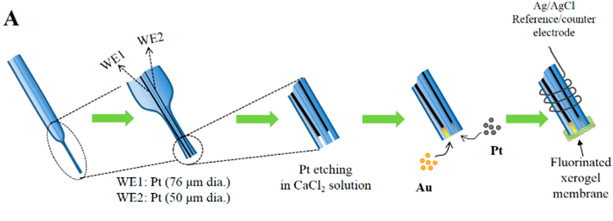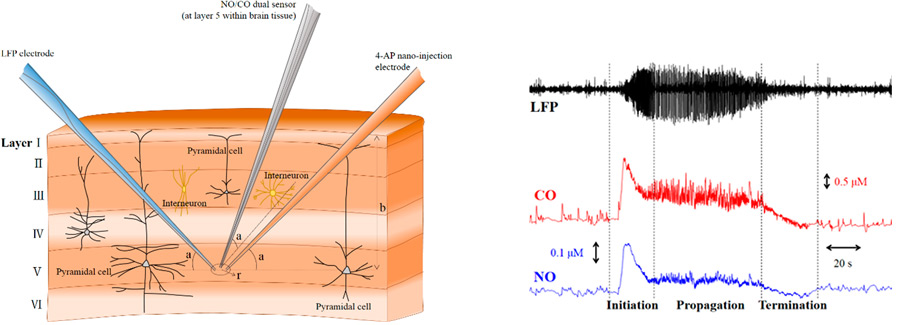주메뉴
- About IBS 연구원소개
-
Research Centers
연구단소개
- Research Outcomes
- Mathematics
- Physics
- Center for Theoretical Physics of the Universe(Particle Theory and Cosmology Group)
- Center for Theoretical Physics of the Universe(Cosmology, Gravity and Astroparticle Physics Group)
- Center for Exotic Nuclear Studies
- Center for Artificial Low Dimensional Electronic Systems
- Center for Underground Physics
- Center for Axion and Precision Physics Research
- Center for Theoretical Physics of Complex Systems
- Center for Quantum Nanoscience
- Center for Van der Waals Quantum Solids
- Chemistry
- Life Sciences
- Earth Science
- Interdisciplinary
- Institutes
- Korea Virus Research Institute
- News Center 뉴스 센터
- Career 인재초빙
- Living in Korea IBS School-UST
- IBS School 윤리경영


주메뉴
- About IBS
-
Research Centers
- Research Outcomes
- Mathematics
- Physics
- Center for Theoretical Physics of the Universe(Particle Theory and Cosmology Group)
- Center for Theoretical Physics of the Universe(Cosmology, Gravity and Astroparticle Physics Group)
- Center for Exotic Nuclear Studies
- Center for Artificial Low Dimensional Electronic Systems
- Center for Underground Physics
- Center for Axion and Precision Physics Research
- Center for Theoretical Physics of Complex Systems
- Center for Quantum Nanoscience
- Center for Van der Waals Quantum Solids
- Chemistry
- Life Sciences
- Earth Science
- Interdisciplinary
- Institutes
- Korea Virus Research Institute
- News Center
- Career
- Living in Korea
- IBS School
News Center
|
CO/NO Dual Sensor for Real Time Brain Event Observation - IBS records separate, simultaneous carbon monoxide/nitric oxide levels during induced seizure activity - March 4, 2016 Inside our brains nerve cells signal each other using neurotransmitters including carbon monoxide (CO) and nitric oxide (NO) gases. Besides sharing a number of biological and chemical characteristics, CO and NO work together in regulating many physiological processes including vasodilatation, and immune reaction. Accurate and quantitative measurements of their physiological levels have been seen to result in meaningful findings and the focus of many previous studies. However their similarities have prevented such effort from cracking the entangled bond between CO and NO. A research team from the Center for Neuroscience Imaging Research within the Institute for Basic Science Center (IBS) has devised a precise and fast responding tool that for the first time, enables completely separate and simultaneous, in-vivo measurements of CO and NO gases. The IBS team has monitored their levels in real time during a seizure event and confirmed that CO and NO are closely involved in the activation of neuronal cells. The dual sensor is an amperometric microdevice, which is an electrical detection tool that is able to discern one specific molecule in a pool of many substances and count its concentration. What makes this so special is that the IBS device packs two separate sensors–one for CO, the other for NO exclusively–which can record in real time into a 300-µm probe, roughly twice the diameter of a human hair.
The probe is a construction of a 76-µm and a 50-µm platinum wires encased in thin, pulled glass capillary. The sensing tips of the probe are made of one gold and one platinum layers electroplated onto platinum substrates electrochemically etched to create recessed pores, resulting in a greater surface area (thus a higher sensitivity) for CO/NO detection. The fluorinated xerogel covering the tip prevents other biological interferents from obstructing the probe and allows the CO/NO gases to pass through selectively. With miniaturized size and tapered needle-like shape, the dual sensor allowed the IBS team to record CO/NO within tissue during an acute seizure. Immediately after probe insertion, the IBS team was able to monitor almost dynamic changes in CO/NO levels. Seizures have three distinct phases: initiation, propagation and termination. The dual sensor probe was able to record clearly defined changes in CO/NO levels which changed in accordance to the seizure’s phase changes.
Dr. Minah Suh of the research group said, “Subsequent further study needs to be performed for the clarification of a correlation between each seizure type and the associated pattern of CO/NO changes.” Dr. Suh added “Further studies will help to give more insights into the function and response of these neurotransmitters, laying the foundation for therapeutic applications for neuronal diseases.” Daniel Kopperud Notes for editors - References - Media Contact - About the Institute for Basic Science (IBS) |
|||
|
|
| Next | |
|---|---|
| before |
- Content Manager
- Public Relations Team : Suh, William Insang 042-878-8137
- Last Update 2023-11-28 14:20













